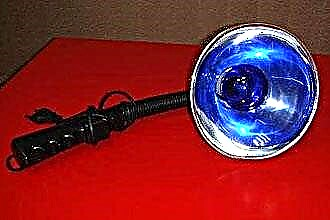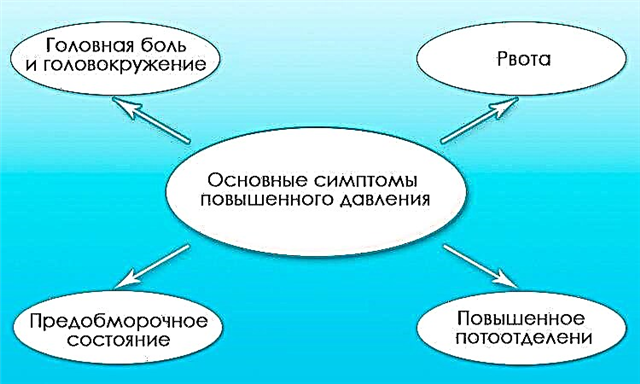Otorrhea is one of the key signs that signal the development of an ear disease. Pathological changes in the tissues lead to edema of the mucous membranes in the auditory canals, as a result of which an excess amount of transudate is formed in the middle ear cavity. Depending on the cause of the pathology, the liquid can have a different consistency, color and smell, which can be used to determine the type of ear pathology.

If fluid accumulates in the ear, what should I do? To begin with, you should be examined by an otolaryngologist, who, by the nature of the inflammatory processes and secretions, will be able to determine the type of ENT disease. Depending on the stage of development of the pathology and the degree of tissue damage, the patient will be prescribed medication, physiotherapy or surgical treatment.
Pathogenesis
Ear pathologies in most cases result from ineffective or untimely treatment of infections in the upper respiratory tract. If fluid flows from the ear, how is it treated? First of all, it is necessary to find out exactly where the exudate is evacuated from.
Discharge can occur directly in the outer ear with skin lesions in the auditory canal and auricle, or in the middle ear cavity. Evacuation of fluid from the tympanic cavity indicates the appearance of perforated holes in the tympanic membrane. In case of violation of the integrity of the membrane, special methods of treatment are used that exclude the instillation of warming drops and alcohol solutions into the ear.
According to experts, otorrhea often occurs as a result of perforation of the ear membrane. When inflammatory processes occur in the ear, the mucous membrane of the Eustachian tube swells, which leads to a violation of its aeration function. Subsequently, fluid accumulates in the middle ear cavity, which creates excessive pressure on the ear membrane and leads to its destruction.
Etiology
If my ear is leaking, what should I do? For an accurate diagnosis and adequate treatment, it is necessary to establish the cause of the pathology. Inflammatory processes in the mucous epithelium, leading to blockage of the auditory tubes, are often caused by the following factors:
- allergic reactions;
- infections in the nasopharynx;
- neoplasms in the middle ear;
- antibiotic abuse;
 purulent inflammation;
purulent inflammation;- immune diseases;
- pathology of the nasal septum;
- exudative and purulent otitis media;
- traumatic brain injury.
The appearance of otorrhea in most cases signals the development of infectious ENT diseases, the progression of which leads to hearing loss.
Most often, ear pathologies develop in preschool children, which is due to the reduced resistance of the body and the anatomical features of the structure of the Eustachian tube. In children, it is much shorter and wider than in adults, which leads to the unhindered penetration of pathogens from the nasopharynx into the tympanic cavity.
When to see an ENT doctor?
With the development of ear pathologies, otorrhea is often accompanied by additional signs of the disease. Their appearance is a good reason for seeking help from an ENT doctor. You cannot postpone a visit to a specialist if the following symptoms occur:
- hearing loss;
- ear congestion;
- headache;
- dizziness;
- hyperthermia;
- "Lumbago" in the ear;
- enlarged lymph nodes;
- soreness on palpation of the ear.
The above signs indicate the occurrence of catarrhal or purulent processes inside the ear. Untimely elimination of the infection in the foci of inflammation can lead to the evacuation of pathological contents not into the external auditory canal, but into the ear labyrinth. An infection of the inner ear is often complicated by meningitis, mastoiditis, sensorineural hearing loss, etc.
Treatment methods
When the ear hurts and fluid flows, how to treat it? Traditional treatment of ear diseases involves the use of medications and physiotherapy procedures to help regress inflammatory reactions. To eliminate local manifestations of pathology and pathogens, the following can be used:
- antimycotics ("Candibiotic", "Nitrofungin", "Sanguinarine") - destroy mold and yeast-like fungi that provoke the development of otomycosis;

- antibiotics ("Ospamox", "Cefuruz", "Ekoklav") - prevent the multiplication of bacteria that arise during the development of purulent and acute otitis media;
- anti-inflammatory ear drops ("Garazon", "Sofradex", "Polydexa") - stop inflammatory processes, which accelerates the decline of puffiness from the mucous membranes of the hearing organ;
- antibacterial ear drops (Uniflox, Combinil-Duo, Normax) - destroy the walls of pathogenic microbes, which leads to the elimination of inflammation;
- immunostimulants ("Imunofan", "Ribomunil", "Revit") - increase specific and nonspecific immunities, which helps to suppress pathogens;
- analgesic drugs ("Ibuprofen", "Paracetamol", "Nurofen") - suppress the activity of pain receptors, which leads to the elimination of pain syndrome.
For better blood supply to inflamed tissues, experts recommend using warming compresses with "Calendula tincture" and "Levomycetin alcohol". They have a local irritating effect, which helps to expand blood vessels and, accordingly, improve tissue trophism.
Important! You can not warm up a sore ear in cases where the discharge has a greenish tint and a putrid odor.
Physiotherapy treatment
If it flows from the ear, what to do? To speed up recovery at the stage of resolving inflammatory processes, experts recommend resorting to physiotherapy. The main goal of hardware treatment is to restore the regenerating properties of tissues and increase local immunity.
In combination with drug therapy, physiotherapy procedures contribute to the elimination of local manifestations of pathology and regression of inflammation. If it flows from the ear, how to treat it?
- phototherapy - thermal effect on the affected tissues by rays of the visible and invisible spectrum, which leads to the resorption of infiltrates and the elimination of pain;
 magnetotherapy - the effect on the hearing organ with alternating and constant magnetic fields, which leads to the elimination of inflammatory reactions, a decrease in blood clotting and the suppression of pain syndrome;
magnetotherapy - the effect on the hearing organ with alternating and constant magnetic fields, which leads to the elimination of inflammatory reactions, a decrease in blood clotting and the suppression of pain syndrome;- diathermy - heating of the inflamed tissues with high-frequency currents, leading to increased blood supply to the affected mucous membranes;
- amplipulse therapy - the effect on the body of sinusoidal electromagnetic radiation, the impulses of which lead to the suppression of pain and increased production of endorphins.
Important! You can not resort to physiotherapy treatment for thrombophlebitis, cancer, hypertension and multiple sclerosis.
At home, to warm up the ear, you can use the Minin reflector ("blue lamp"), which is recommended for use in the development of ear pathologies that are not accompanied by purulent processes.

 purulent inflammation;
purulent inflammation;
 magnetotherapy - the effect on the hearing organ with alternating and constant magnetic fields, which leads to the elimination of inflammatory reactions, a decrease in blood clotting and the suppression of pain syndrome;
magnetotherapy - the effect on the hearing organ with alternating and constant magnetic fields, which leads to the elimination of inflammatory reactions, a decrease in blood clotting and the suppression of pain syndrome;

